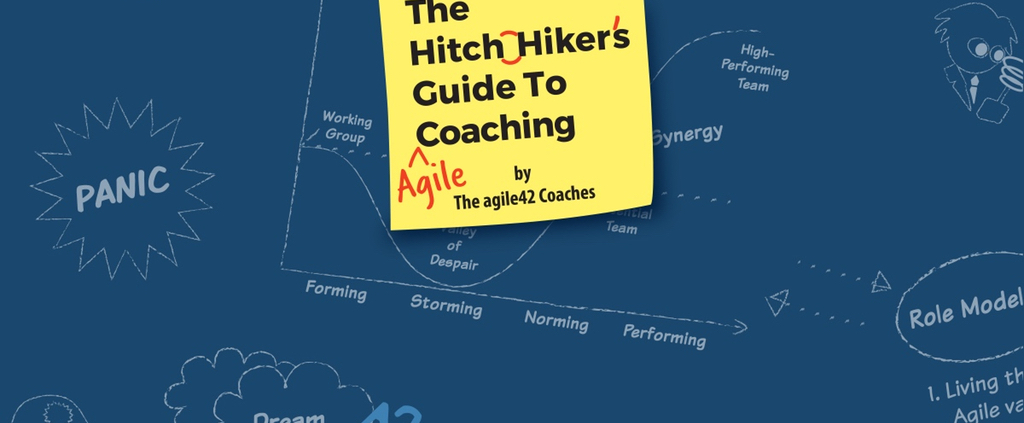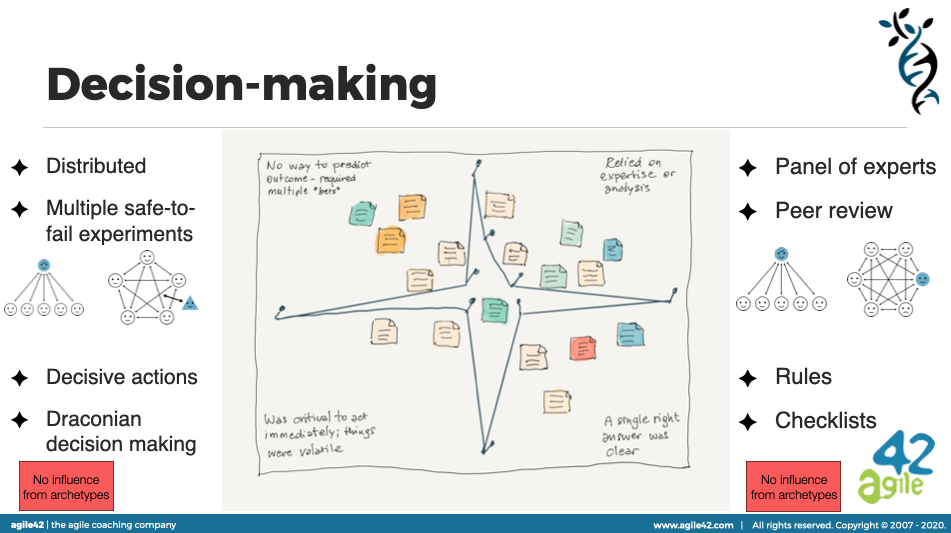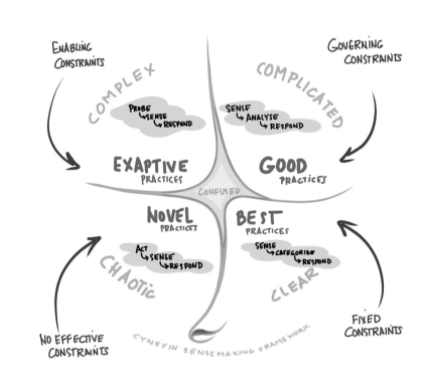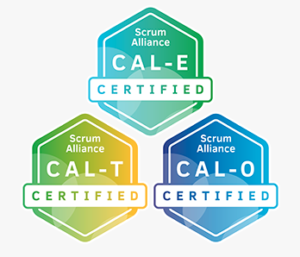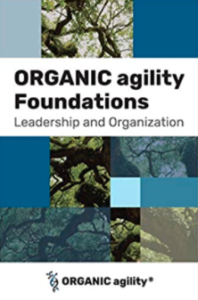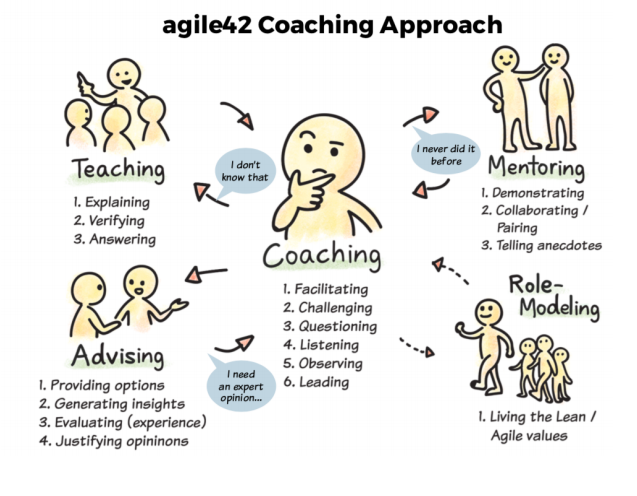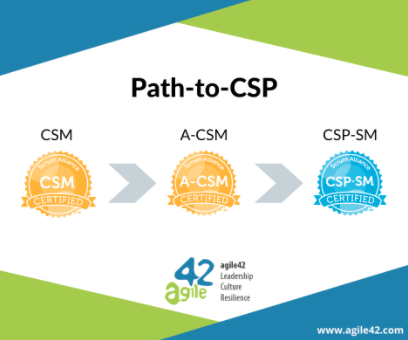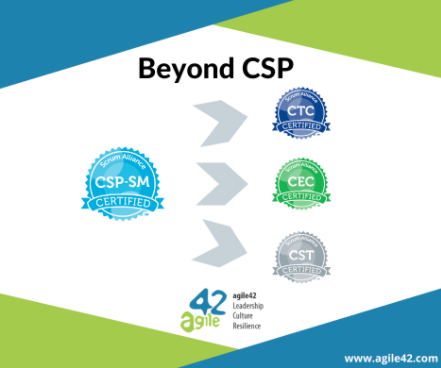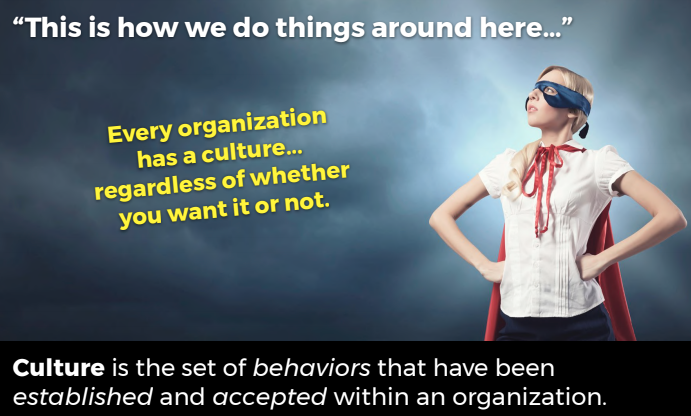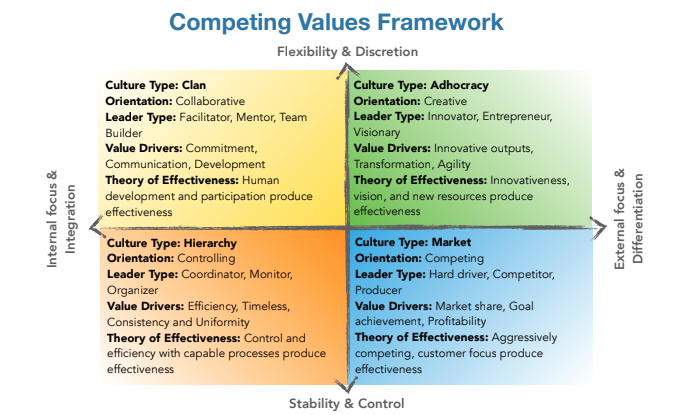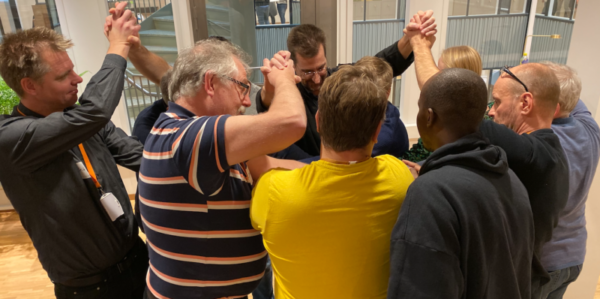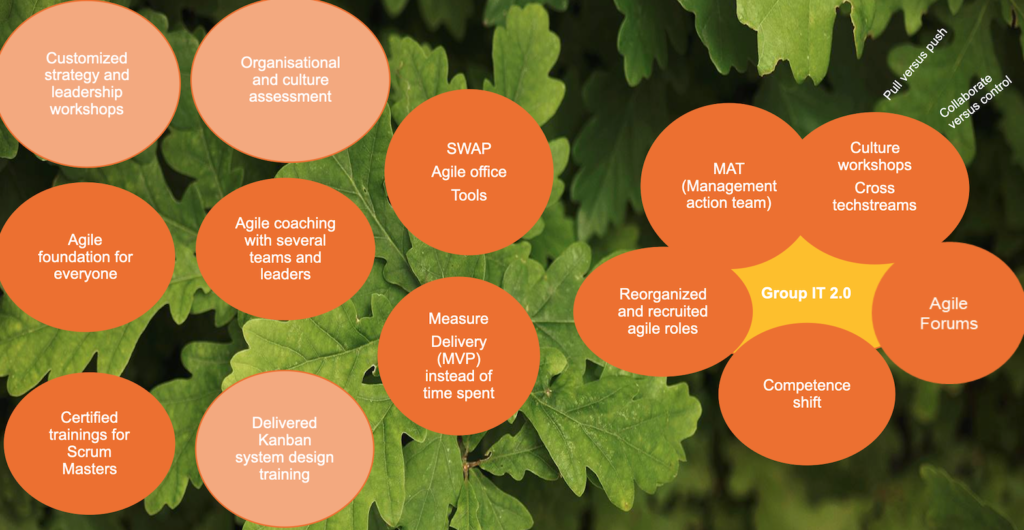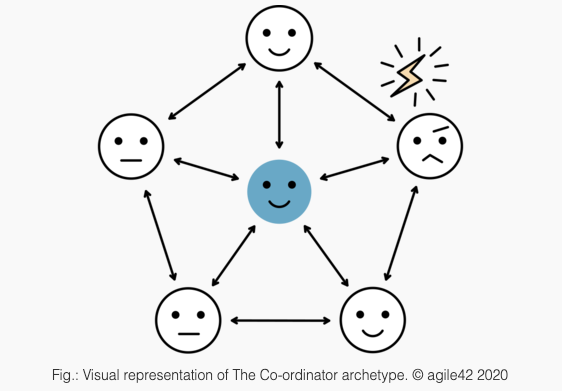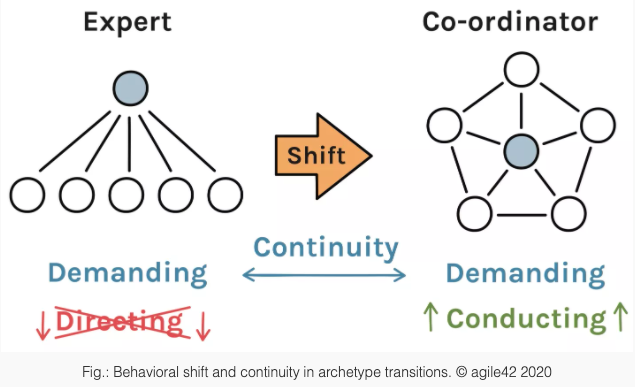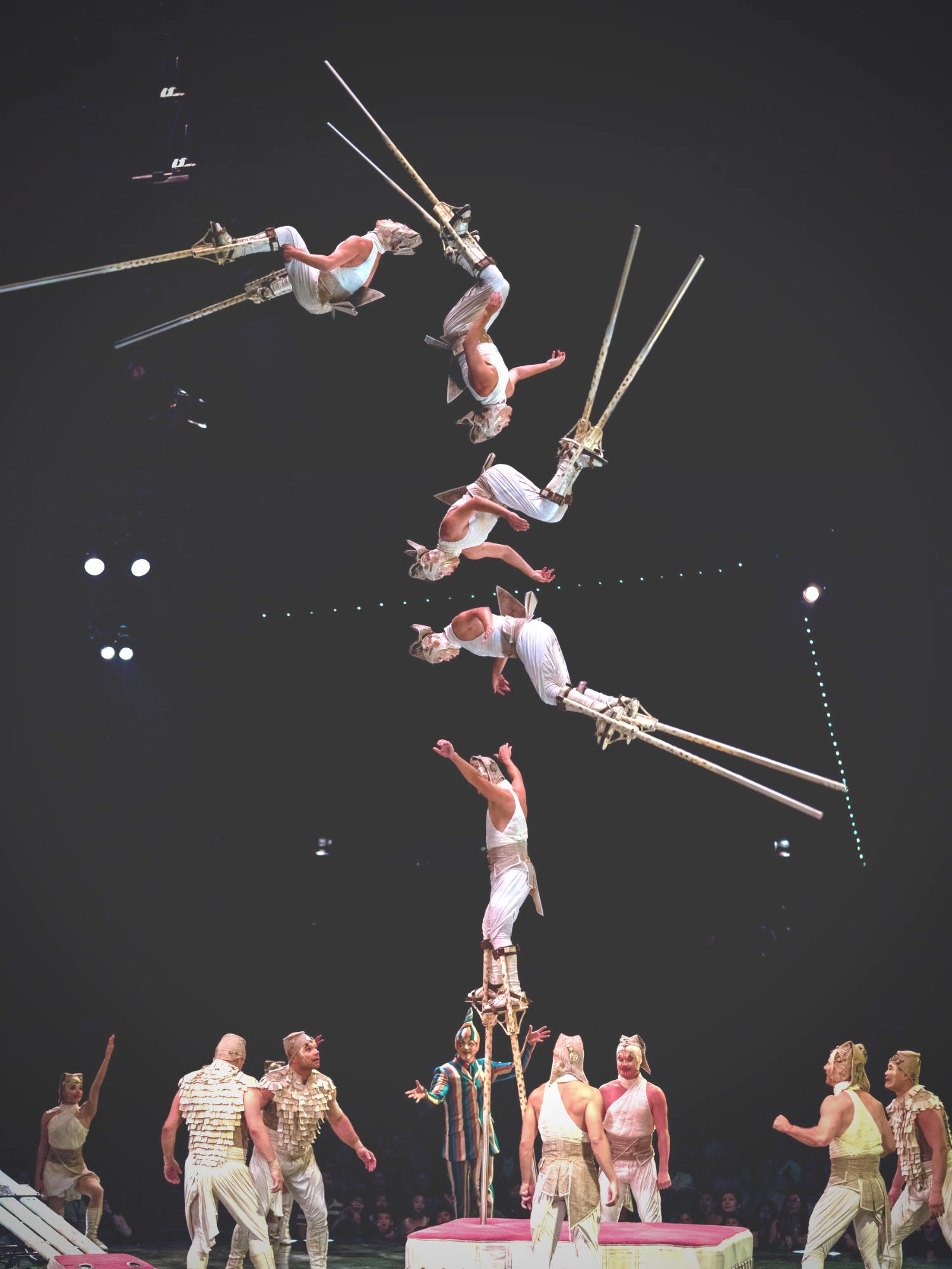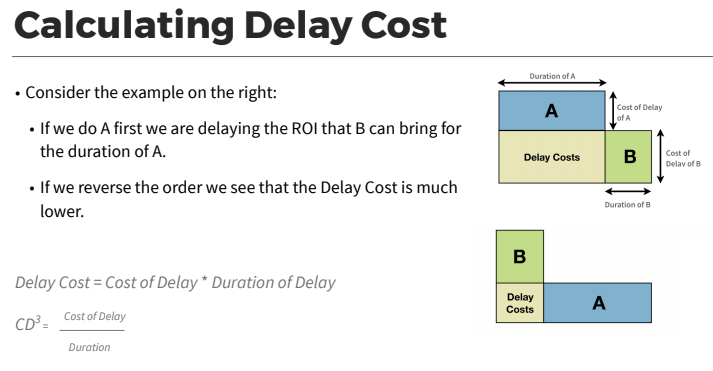The Hitchhiker’s Guide to Agile Coaching
The Hitchhiker’s Guide to Agile Coaching
agile42 coaches are happy to publish the first version of the introductory reference for new Agile Coaches as well as experienced ScrumMasters
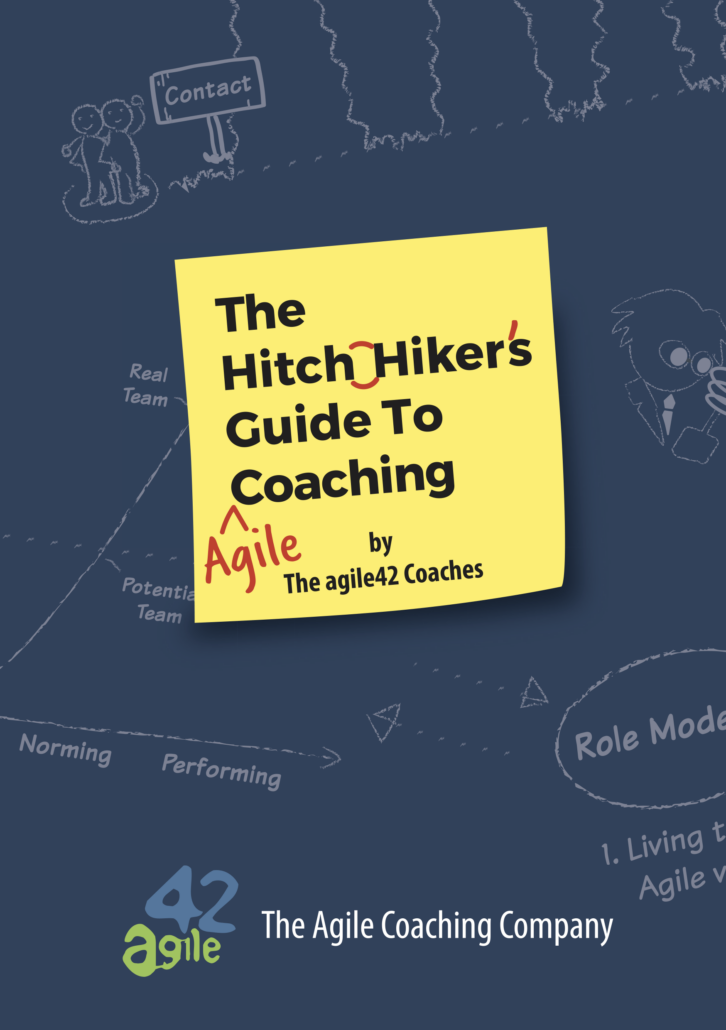
What is this guide?
With this book, we wanted to create an introductory reference for new Agile Coaches as well as experienced ScrumMasters. It contains much of the theory that we teach our new colleagues at agile42, and hopefully lots of insights for new coaches. This is the book we wish we had when we started out as agile coaches, and it’s now available to download free of charge.
About the authors
The agile42 coaches are experts. We take great pride in our tradition of coaching, which is continuously being adapted to the needs of the company and teams. Our approach is simple, but not easy, and here are some of the tools we use.
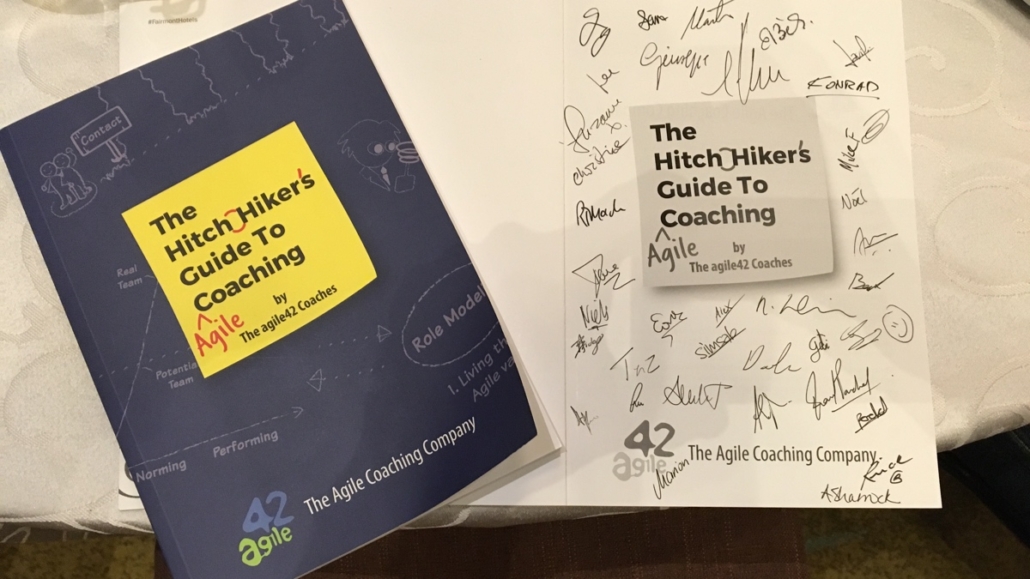
The book is primarily about coaching, but not so much about agility. We are not going to explain e.g. why it makes sense to slice large work items into smaller independent pieces, or how to choose between synchronized and unsynchronized releases. There are plenty of good books around for those purposes. We assume that all readers have adequate working knowledge of all things agile.
Instead, we are going to teach you the basics of listening, how to maintain a structured conversation without inserting content, and how to facilitate conversations in teams. We’ll talk about how to help a group of people form an effective team and how you can help create heedfulness and synergy in a team. We’ll present structured means of collaborating on a team with ScrumMasters, development managers and other agile coaches. We’ll cover why change makes people nervous and discuss different ways of overcoming that.
All of this and much more is now available in one book. Becoming an agile coach is a journey that has no end… and that’s why the name of this book is The Hitchhiker’s Guide to Agile Coaching.
Since this book was written by a team, we have chosen not to stand out individually. Instead, we have been writing this book as if it were software developed by a team. However, we can disclose that the main culprits include a number of CECs, at least one CTC, and a couple of CSTs. This is the very first public release and it will be improved and expanded with the feedback of the community. We are happy to show it to the world for the first time.
The agile42 coaches are experts. We take great pride in our tradition of coaching, which is continuously being adapted to the needs of the company and teams. Our approach is simple, but not easy, and here are some of the tools we use.
Prioritising with Cost of Delay
This week the “Meet the Coach” webinar series delved into the interesting topic of “Prioritising with Cost of Delay”. The presentation went really well and we had many people listening, once again. It makes us happy to see so many people returning to our webinars, with new faces joining all the time. We hope to see you all again soon!
Whether it is for large initiatives or items on the product backlog, prioritising work is something many organisations are struggling with. Some choices will have different impacts for certain stakeholders. Often it is hard to keep things objective, since there are opinions, ego’s, status and emotions involved. Ordering by value is not always as linear as you would expect. In many cases we are comparing apples with oranges, for example how do you compare an initiative to attract new users with quality improvements?
In the webinar we looked at different aspects related to comparing items and I explained the concept of Cost of Delay and how it can be used as a prioritisation technique. Below you can find some of my suggestions from the webinar.
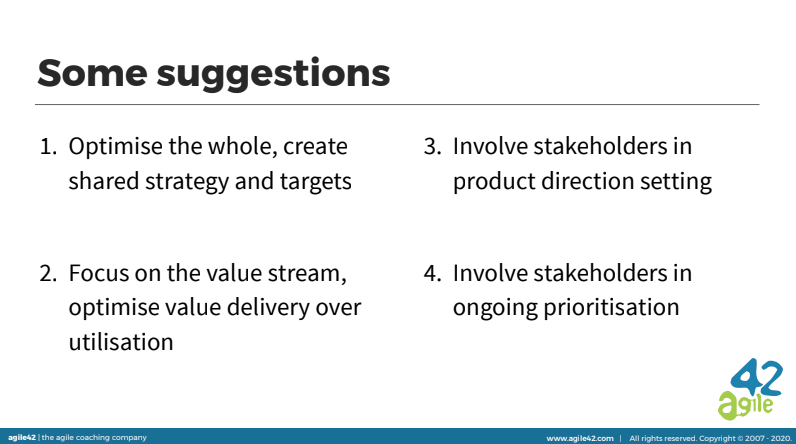
If you missed out on the webinar, don’t worry! We have the recording available for you. Feel free to share it around with friends and colleagues. The recording of the session is available on YouTube. If there is anything we can help you with regarding this topic, feel free to contact us.
As mentioned in the webinar, if you want to learn more about Cost of Delay, or how to work with stakeholders, how to make choices and how to be a good Product Owner – join a training with us!
The Product Owner journey starts here.
Take the first step on the journey by attending Certified Scrum Product Owner training.
In this training you will learn the theory of the Scrum Framework and work through tools to enable great Product Ownership. The CSPO course is appropriate for aspiring Product Owners, business analysts, managers, project managers, and organizational team leaders seeking a deeper understanding of the Product Owner role, and how to improve Product Ownership in their organization.
If you are already a CSPO, take the next step and deep dive with Advanced Certified Scrum Product Owner training . All upcoming trainings can be found online. Please bare in mind that in order to receive an A-CSPO certification it’s required to hold a valid CSPO certification with Scrum Alliance and validate at least 12 months of work experience specific to the role of Product Owner (within the past five years).
We run all our trainings both remotely and in-person! If your organization would prefer a private training, we can even look at customising the training for you. Get in touch and we can discuss the best solution!
And don’t forget about the coaching. At agile42 we do a lot of role coaching, and the support we can give your Product Owners will help their daily work.
I have shared the slides used during the webinar below:
Here you can learn more about the Business Value Game. The Business Value Game is a tool for estimating the Business Value in software development projects, it helps Product Owners and Stakeholders in sharing information related to Business Values in a relatively short time. It avoids anchoring by asking each Stakeholder to play their estimate card so that it cannot be seen by the others and then all cards are exposed at once.
Here you can order the Planning Poker Cards. Planning poker is mostly used to estimate the effort or the relative size of tasks in software development. The members of the project team come together and estimate each item in a few rounds using the planning poker cards until the team reaches consensus on the size of each item or task.
For more webinars and recordings, please look here!
Hope to see you in the next ones!

